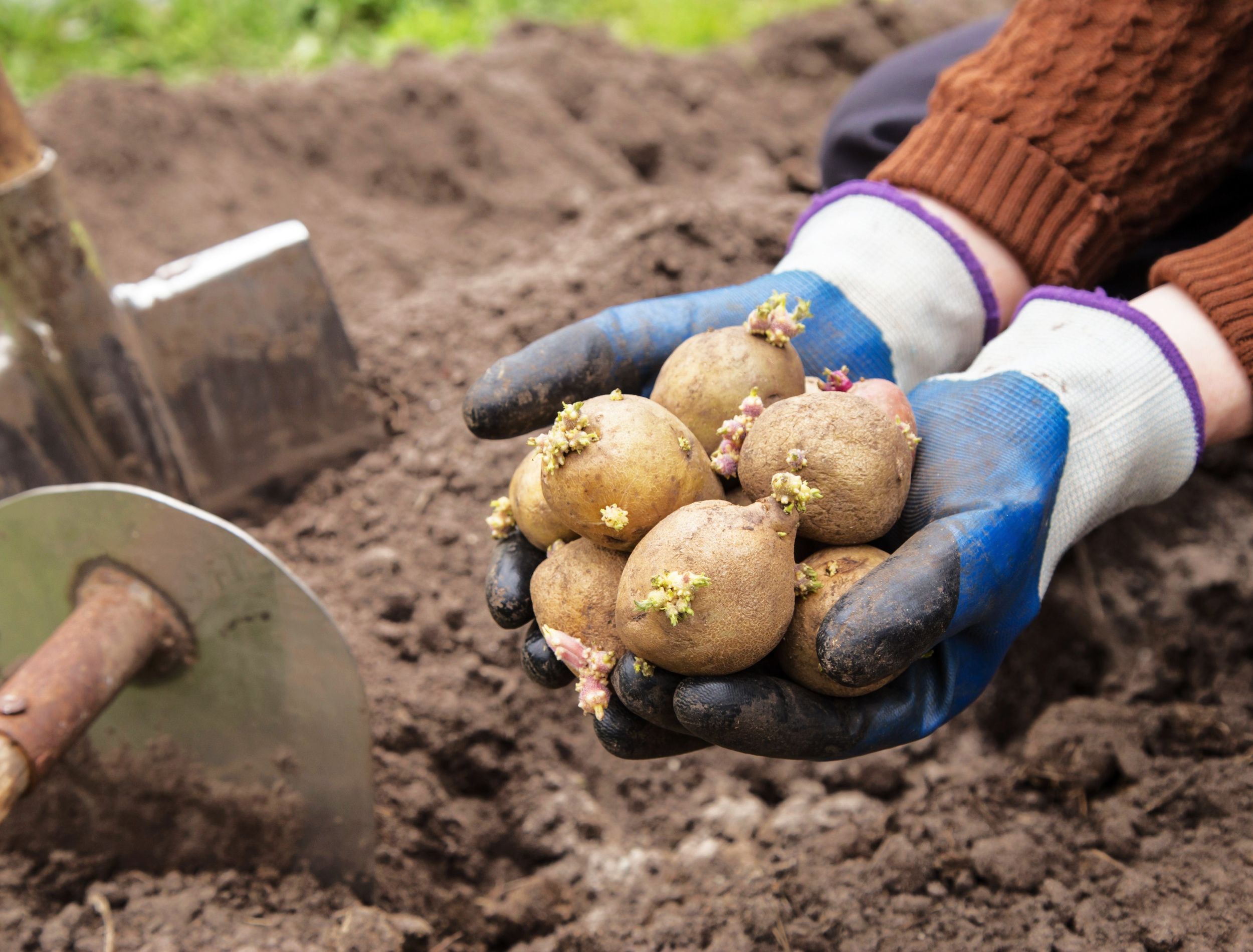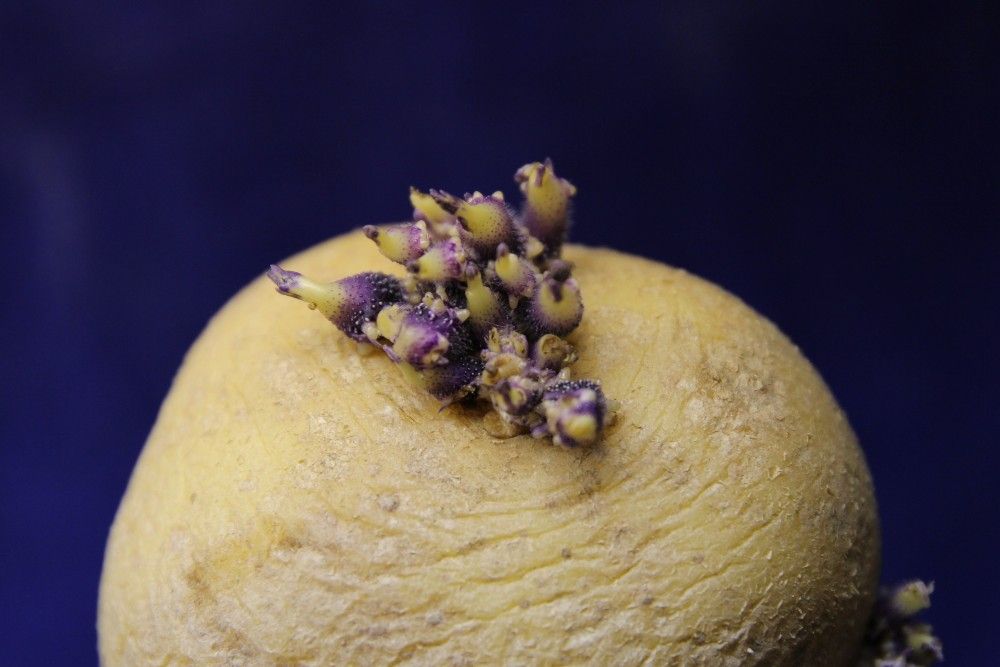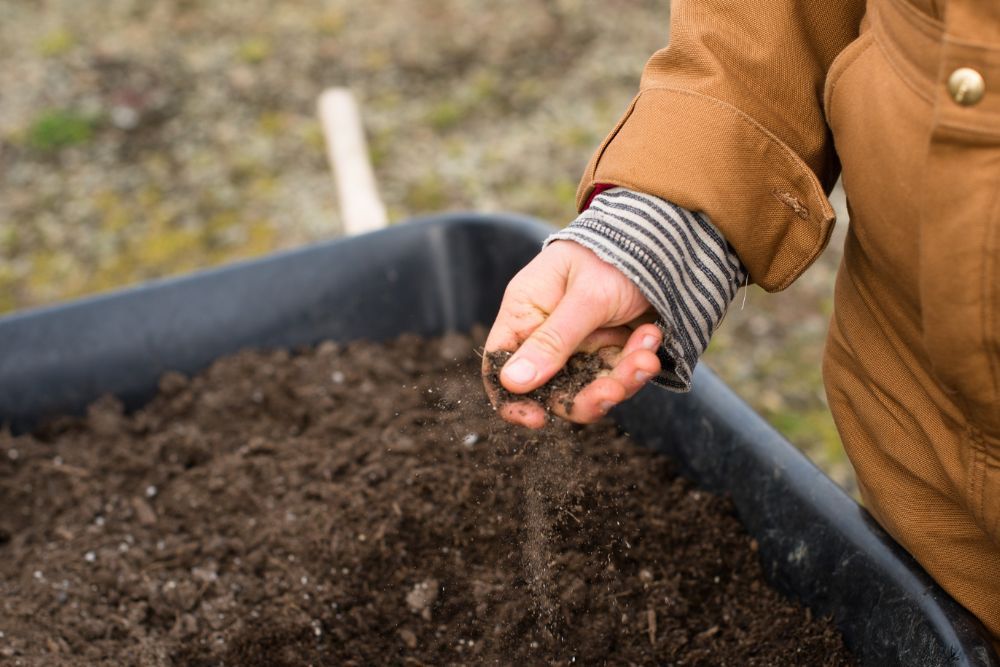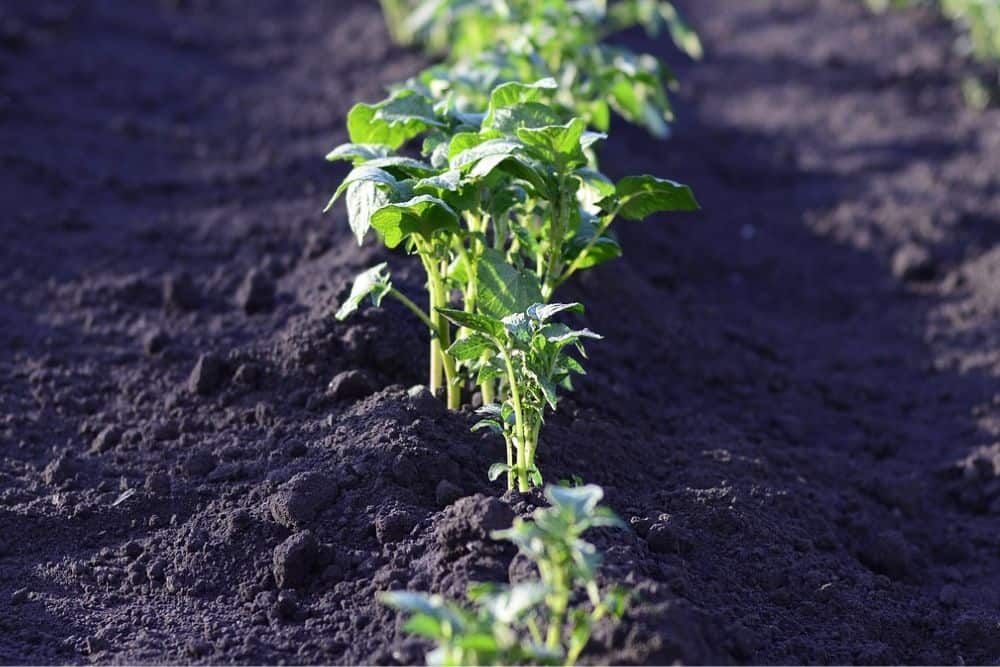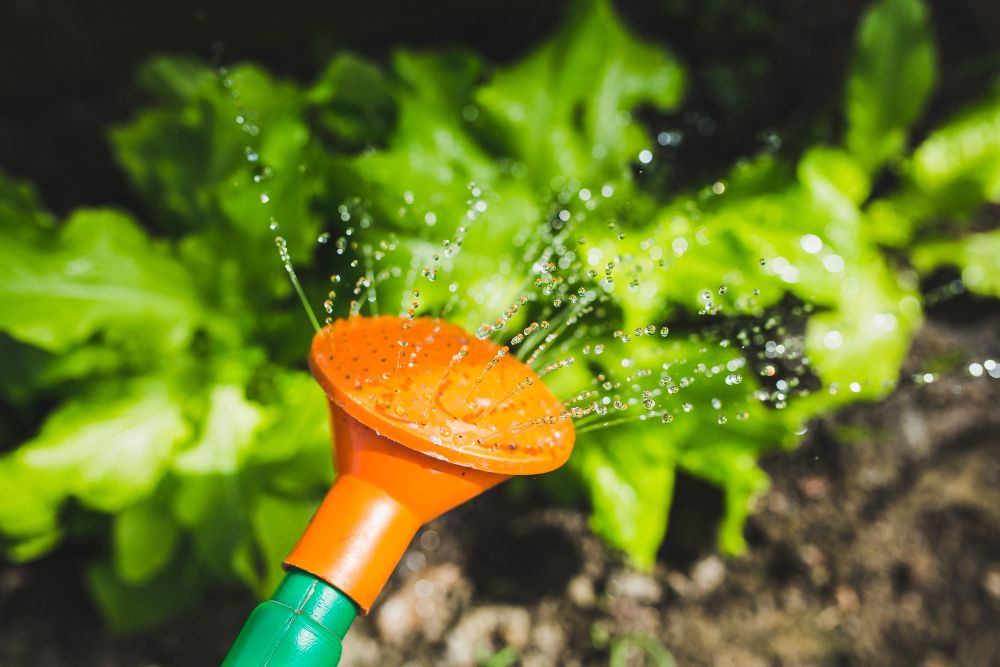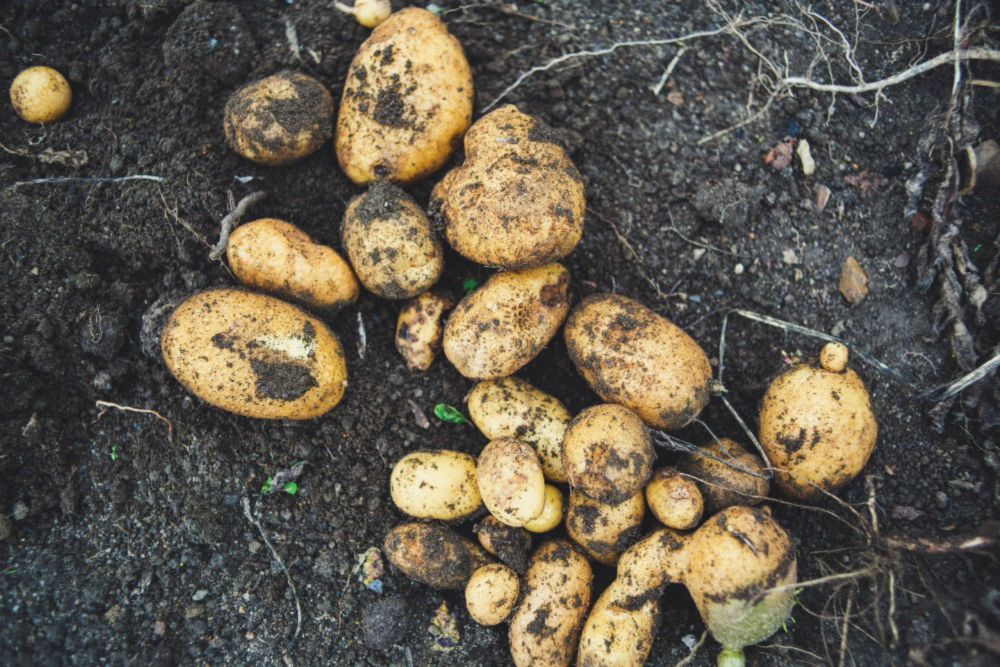There's no such thing as too many fries! Potatoes are arguably the most popular vegetable among kids and adults alike. Consequently, they are a common part of many home gardens. Knowing how to look after this plant helps you produce a bountiful yield of healthy spuds.
Moreover, nothing is more heartbreaking than witnessing a crop fail after all the hard work and effort you put into it. To spare yourself that "root awakening," learn the eight common mistakes to avoid when growing potatoes at home.
1. Starting too Early
Image credits: Deyan Georgiev via Canva
Most potato varieties require dry, workable soil to grow. Planting your seed potatoes too early when the ground is still too wet will likely rot instead of sprout. The best time to start the seeds is about two weeks after the last frost date in spring.
However, if you have had a particularly wet spring, you may have to move the planting date even further down the road. The best practice is to check the soil for moisture; if it sticks together and is difficult to till, allow the ground to dry more before planting. Additionally, soil temperatures should reach at least 45 to 55 degrees Fahrenheit before planting.
2. Planting Tubers Without Eyes
Image credits: Korbinian Steiger via Unsplash
The potato's "eyes" refer to the buds on the seed potatoes, or tuber's, surface from which sprouts emerge. When planting these tubers in the ground, ensure each one has at least one or two buds. If you have a large seed potato, cut it into smaller 2-inch pieces. You can plant it whole if it is smaller than an average golf ball.
3. Growing From Store-Brought Spuds
Image credits: Clearphoto via Canva
While you can grow potatoes from potatoes, you cannot pick up just any old spud to grow. Potatoes on the store shelves are usually heavily treated with chlorpropham, an herbicide or sprout inhibitor. This chemical ensures that the appearance of the taters is pristine and untainted by any buds. So, there is a high probability that the store-bought potatoes will not sprout.
Even if you try to wash off the chlorpropham, it makes the potatoes more prone to developing rot due to moisture. Only use store-bought taters when you see them sprouting spontaneously in your pantry. Otherwise, buy seed potatoes, ready for planting, from local garden stores.
4. Overcrowding the Garden Bed
Image credits: Zoe Schaeffer via Unsplash
Potatoes require plenty of room to grow to their full potential. Overcrowding them in containers or garden beds can reduce yield and make them more susceptible to disease. Ideally, space your plants 12 to 15 inches apart and your rows about 3 feet apart. If growing in a container, opt for a vessel with a 5 to 15 gallons capacity.
5. Incorrect Light Exposure
Image credits: Надежда Мельникова via Pixabay
Whether growing potatoes in containers, raised beds, or directly in the ground, choose a spot with abundant light. The spuds need at least six hours of direct sunlight daily to produce a healthy crop. Insufficient light can cause your potato yield to suffer.
That said, edible tubers growing under the soil needs protection from the sun, while the leafy growth above ground needs light to thrive. Occasionally, a heavy shower can wash away the soil from the tubers close to the surface.
Prolonged exposure to sunlight can turn these spuds green due to a substance called solanine, which has a bitter taste. If ingested in large quantities, this substance can even make you sick. So, mound up the soil around the leafy growth of your plant regularly to keep the potatoes hidden from the sun.
6. Overwatering or Underwatering
Image Credits: Kaboompics .com via Pexels
After planting your potatoes, water them sparingly in the beginning. Once they are established and flowers bloom, maintain the moisture level by supplying 1 to 2 inches of weekly watering during dry spells.
Stop watering when you notice the foliage turning yellow and dying back near harvesting time. Overwatering in the initial and final stages and underwatering in between can cause the taters to become misshapen.
7. Insufficient Fertilization
Image credits: Neslihan Gunaydin via Pixabay
Potatoes need regular feeding to reach their potential size. The first step in providing nutrients to your precious spuds is to mix in compost or organic matter with the soil. Do this step in the fall before planting the seeds in the spring.
Fertilize your crop with a balanced 2-2-3 or 3-5-5 fertilizer. Nitrogen and phosphorus are essential for the foliage and the root system, while potassium supports the tubers. However, too much nitrogen can lead to excessive foliage at the expanse of spud. It also makes the plant more vulnerable to disease.
Pro Tip: Check the health of your soil using a soil test kit to get a better picture of the nutrients you should supply and the chemical you need to hold off.
8. Harvesting at the Wrong Time
Image credits: Markus Spiske via Unsplash
The best time to harvest potatoes depends on the variety you are growing. Baby or 'new' potatoes are ready to come out of the soil about two to three weeks after flowering. In comparison, mature ones need two to three weeks after the foliage has turned yellow and wilted.
Potato Palooza!
Growing potatoes at home is a great way to ensure you get all the nutrients and taste without harmful chemicals and pesticides. However, some rookie mistakes can cause your crop to suffer and your heart to break. Avoid these missteps to enjoy a fresh supply of these "a-peeling" root vegetables that also store very well!
Have you committed any of these blunders? Share below in the comments!

